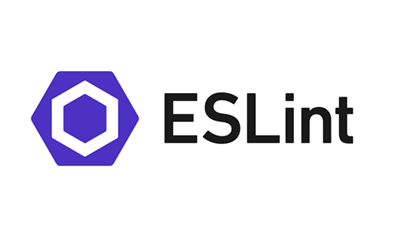Setting the Standard
21 Sep 2023Everything must have a standard. Otherwise, how would we know what needs to be met?

A Tedious Red Squiggle
Initially, I found ESLint to be very exhausting to use… everything just seemed so technical. The sight of seeing a marked down error upon initial coding has given me some slight troubling anxiety. Although I’ve recently began getting more used to the sea of red squiggles, it still bothers me today at times. Red squiggles would appear as soon as I wrote my first line of code. Exclamation marks in bright and shiny ruby would indicate that my code was not up to par by any means. It was a struggle to learn what each error represented to say the least. Understanding why ESLint detected what sometimes seemed like the smallest of and tiniest of detailed errors is something that I still can’t seem to figure out. What seems like completely normal and well-organized code from an outside perspective is actually a huge inconsistent mess under the hood. And so the process of resolving the format and syntax error begins…

The Satisfaction from a Green Checkmark
As I got more practice with using ESLint to solve erroneous JavaScript format based on its standards, I started to become more comfortable with the way in which I was coding. It feels like these coding standards have helped me in shifting my mentality or approach to coding in certain ways that are defined as “bad habits” for ESLint. As an example, I found that I started to unconsciously declare my variables with the const keyword instead of the let keyword. Perhaps this habit has been formed from consistently being bothered by prefer-const ESLint error. Nevertheless, this new perspective has made me had a little change of heart when it comes to using ESLint. Though there are still some areas where I have mixed feelings about, I more inclined to favoring the implementation of such coding standards to improve my ability in becoming a better programmer. In a way, ESLint has made me more appreciative in having something to rely on to be able to code in a more consistent manner.
Assistance in Learning a Programing Language?
Currently, I’m starting to see the upside of using a coding standard for a programming language and integrated development environment (IDE). I wouldn’t go so far as to say that it could help someone learn a programming langauage because I’m only able to see the syntax benefits as of right now. With this being said, however, I can envision the possibility of how conforming to a certain coding standard can lead to enhanced knowledge of a programming language. A good example of this with ESLint includes the utilization of simplifying functions into its arrow function form from JavaScript’s ES6 syntax. The connections between these two concepts of coding standards and programming languages are not out of the realm of possibility, since coding standards ultimately lead to better code quality. This quality can then transform into understanding how a langauge is derived from its structure, as well as how a language deals with different data types, objects, or functions.
Coding standards in general are used in software engineering to improve the readability of code. It enables us to understand the constructs of a specific coding language. Not only does it allow external users outsideof a project to comprehend what a program or certain function is doing, it also creates a set of uniformity in the tech-world of diversity. Through this, stronger sets of collaboration and communities are formed. This is beneficial for large-scale projects. Simple setbacks like error detection can be more easily recognized with coding standards, since the appearance and format of code is consistent. Furthermore, the standards that are initiated reduces code complexity, making it easier to reuse accessible code, maintain the code set in systems, and possibly implement new experimental features to the original code. The implementation of coding standards overall promotes practices that lead to one main thing: the increase in efficiency of our programming methods, which in turn lead to a faster turnover rate for project completion and revision… this truly is the new standard.